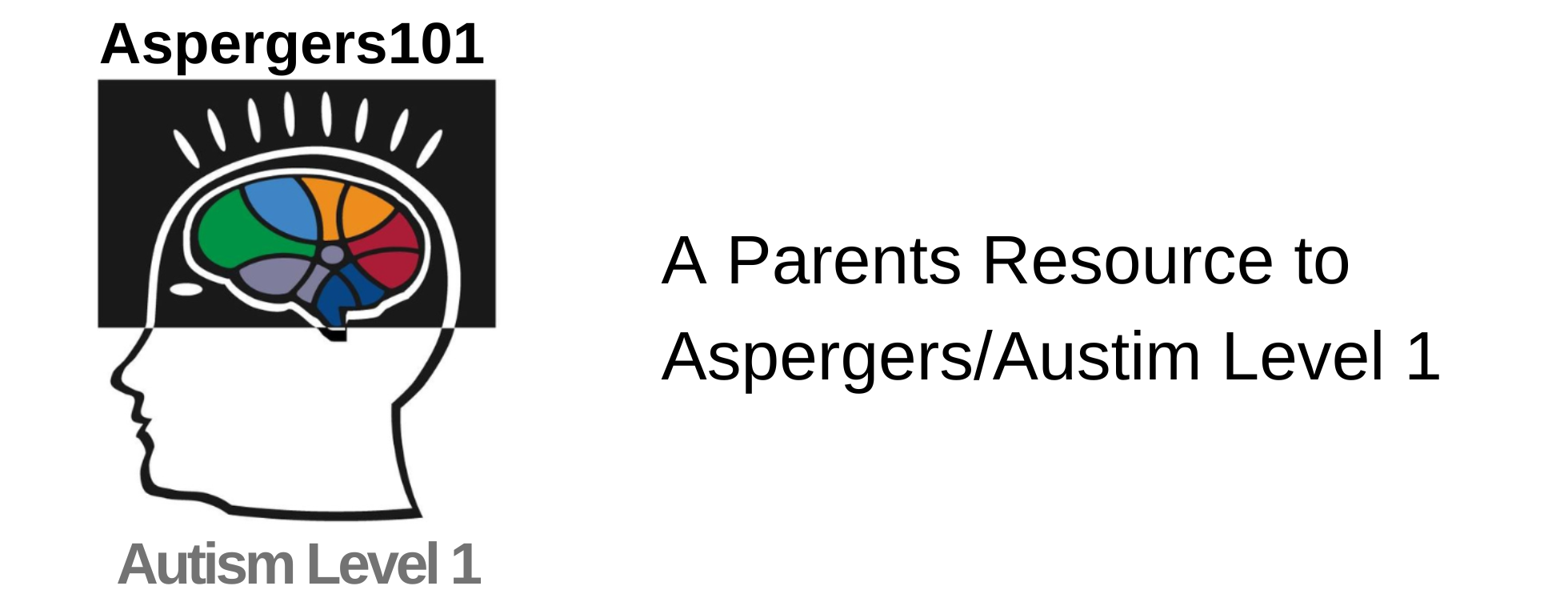I find myself addressing the same topic each new school year as we develop individualized visual strategies: What to do about interests that are not age appropriate

Due to this widespread question, I would like to devote this week’s blog to this topic through an excerpt from my book, “Visual Supports for Visual Thinkers”.
There are two different important perspectives to consider in regards to “age appropriateness.”
In my first years as a teacher in the early 1980’s, we gave students with significant cognitive disabilities baby toys, mobiles, rattles and the like. As we became more enlightened about human dignity and respect regarding this population, we took a completely different mindset. If a person of that same age would not find it of interest or age appropriate, then we will not present it or allow it for the person with a disability.
While I carried that banner for a while, experience has taught me to have a broader understanding of how to approach this sensitive and important issue.
I have found many, many of the students that I have worked with to be drawn in an inexplicable way to a certain character or thing that few of their age group would find interesting. For example, take the high school students that love Barney, Disney movies, Elmo, Sesame Street and on and on.
Their passion for it is so great that I now feel it is disrespectful to deny their most treasured source of joy, pleasure and even peace.
I do try to provide their age-inappropriate source of joy in more discrete ways when possible. Decorate a schedule or a transition marker with Barney instead of walking down the hall with a Barney doll or costume. I think we can work it out without making it a black or white issue.
Do you know any adults with a train set or doll collection in their garage?
I have recently found the book, “Life, Animated” by Ron Suskind to be particularly relevant. Mr. Suskind was Iago the parrot, Baloo the bear, Merlin the wizard: Disney characters whose dialogue, songs and even “wisdom” he borrowed to communicate with his son with autism.
By Lisa Rogers
The Education (K-12) Blogs and Special Ed Q & A are written and maintained weekly by Lisa Rogers with Educating Diverse Learners. Lisa received her M.A. in Special Education with an endorsement in the area of individuals with severe disabilities. Mrs. Rogers has also created products that have been used throughout the state of Texas for training purposes. Through the Association for Texas Professional Educators [ATPE], Ms. Rogers has produced an online course that targets the importance of visual strategies for student with autism spectrum disorders and just released her highly anticipated book titled: Visual Supports for Visual Thinkers.


